Natural Stone Lava & Temple
Get to know Natural Stone, lava & temples circulating in the Indonesian market.
Differences
Lava natural stone and temple are two different types of natural stone with
unique characteristics, although there are similar names or mentions in general
circles (lava stone / lava stone temple) because both are produced by lava / volcanic
volcanic eruptions.
Equation
Natural stone, lava & temple is a natural rock that is both produced by
nature from the results of active volcanic eruptions (lava / volcanic) and
settles or coagulates for a long period of time.
It has
similarities from the formation of natural stone, but many differences are many
when examined in detail and carefully from the physical texture and results of
other features.
Lava rock
(basalt / alkaline / tholeitic) has an irregular texture of small to large
porous density and the level of hardness / strength of stones such as andesite,
granite and basalt.
It has a
natural black color as well as sometimes slightly reddish gray and brown, with
patches of silica granules of mineral crystals.
Similar to
natural stone temples, is a type of natural rock produced from lava Mount
Merapi (lava stone temple) in Magelang, Central Java & Sleman, Yogyakarta,
Indonesia.
Temple
stone has a variety of pore textures from small to large solid and inconsistent
hardness from soft to really hard.
Some
temple's natural stones are really hard and some are rather soft such as cast /
concrete, lumps of sandstone produced
by volcanic eruptions / lava / volcanic and settle for a long time.
With the
characteristics of the temple stone (lava stone temple), many people around
make crafts made from temple stones that are rather soft (optional) so that it
is easy to do such as making statues, temple statues, cobek, umpak, natural
stones, lanterns, mortars,stone tableand many other handicraft products.
Here is a brief explanation of both (Natural Stone Lava & Temple)
Lava Basalt Natural Stone (Lava stone/ lava rock/ alkaline lava/
tholeitic) – Lava Natural Stone & Temple
Basalt lava
stone is a type of natural rock formed from lava that cools after a volcanic
eruption.
It is an
igneous stone that is generally black ordark gray, but can also have other color
variations depending on the minerals contained in it.
Basalt lava
stone has a rough texture and is resistant to weather and erosion, so it is
often used in the construction of buildings, highways,floor & wall.
This stone
is also used in sculpture and architecture because of its strong and durable
ability.
Basalt is a
dark, fine-grained extrusive igneous rock, composed of plagioclase-Ca, pyroxine
and magnetite, with or without olivine, containing less than 53% SiO2 by
weight.
Petrographic Characteristics of Basalt Lava Natural Stone
Petrographically,
alkaline basalt contains phenocrysts olivine, titanium-augite, plagioclase and
iron oxides, as well as nephelin.
Tholeitic
basalt contains plagioclase-Ca, subcalcic augite, pigeonite (poor pyroxine Ca),
interstitial glass and quartz-feldspar intergrowth structures.
Thoriistic
basalt is a type of basalt that is oversaturated with silica, while alkaline
basalt is underaturated with silica indicated by the presence of nepheline.
Natural Stone Temple (lava stone / volcanic / temple)
Temple
stone is a type of stone used in the construction of temples or temples in
Indonesia, especially during the Hindu-Buddhist period which lasted between the
4th to 15th centuries.
Temple
stones are generally black, gray, brownish or brick red.
In ancient
times Temple stones were often used for intricate carvings and reliefs, and
were used to build temple complexes such as Borobudur Temple and Prambanan
Temple in Indonesia.
The natural
stone of this temple has a high historical and cultural value in Indonesia, and
is often used in traditional art and architecture crafts from natural stone
volcanic materials.
Both types
of stone (Natural Stone, Lava &; Temple) have similar uses in construction
and art, with basalt lava stone harder and also versatile in a variety of
construction applications.
Stone temples
have special cultural and historical values, especially in the context of
temple buildings in Indonesia.
But the
development of technology is also the speed of civilization of the times,
currently the natural stone of the temple is preferred as a natural stone craft
because it is easy to work with and the abundance of raw materials from Mount
Merapi.
Natural
lava rock (basalt / alkali / tholeitic) which is also often called lava stone
tends to be rather rarely processed as a craft because the material in the mine
(mining site) is not as abundant as temple stone.
Similarity of Natural Stone Lava & Temple
Although
basalt lava stone and natural stone temples have different characteristics,
both have similarities that can be used as wall and floor coating materials,
for the interior or exterior of modern buildings.
Here are
some similarities in the use of both:
· Natural
Look
Both basalt
lava stone and temple natural stone have a natural look that is often
appreciated in interior and exterior design.
Both add a
unique sense of nature and texture to the walls and floor.
· Durable
Both have
good resistance to weather, abrasion, and daily wear, making them suitable for
both interior and exterior use. They can face harsh conditions, including
extreme weather changes.
· Structural
Strength
Both basalt
lava stone and temple natural stone have quite good structural strength, so
they can be used as durable wall and floor layers.
· Design Fit
Both have
considerable design flexibility.
In various
projects, they can be used in various design styles, ranging from traditional
to modern.
· Color and
Texture Variations
Both can be
found inColor and texture variationswhich is diverse,
allowing designers to choose the one that best suits the aesthetics of their
project.
· Therapy
The care
required for both types of stones usually involves minimal maintenance. They
tend to be easy to clean and maintain.
It is
important to remember that there are differences in the characteristics of each
natural stone that can affect your choice.
For
example, alkaline lava rock tends to be stronger in hardness (it should affect
density, but this type of stone is porous) and resistant to moisture than some
types of natural temple stone.
Therefore,
the selection of materials depends on environmental conditions, design style,
and your personal or architectural preferences.
Recommendations for the application of Natural Stone Lava & Temple
(interior & exterior)
Here are
some recommendations for places to install basalt lava stone and temple natural
stone on walls and floors for interior and exterior:
Batu Lava Basalt
1. Interior
Wall
Basalt lava
stone can be used as a kitchen backsplash or wall paneling to give it a modern
and long-lasting look.
Living room
or family room: You can use basalt lava stone to create interesting wall
features or accents on interior walls.
2. Interior
Flooring
Living
room, Basalt lava stone will give an elegant look on the living room floor.
Due to its
waterproof nature, this stone is suitable for bathroom flooring, especially if
you are looking for a contemporary look.
3. Exterior
Wall
Garden or
backyard, Basalt lava stone can be
used to create strong and durable outdoor wall elements in a garden or backyard
area.
4. Exterior
Flooring
Terrace or
veranda area, Basalt lava stone can be a great option for exterior flooring in
your patio or veranda area.
Natural Stone Temple,
1. Interior
Wall,
Meditation
room or place of worship, natural stone temples are often used to create
meditation rooms or places of worship with a calm and spiritual design.
Dining
room, you can use the natural stone of the temple to create an accent wall in
your dining room, creating a warm and natural atmosphere.
2. Interior
Flooring
Hall or
meeting room, natural stone temple can be used for the floor of the hall or
meeting room that has cultural and artistic value.
In the
bedroom, you can consider using the natural stone of the temple as the bedroom
floor to create a relaxing and memorable atmosphere.
3. Exterior
Wall
The façade
of the house, the natural stone of the
temple can be used as a beautiful
exterior layer on the façade of your home, giving it a classic and elegant
look.
Fence or
outer wall, you can use the natural stone of the temple to create a durable and
charming outer fence or wall.
4. Exterior
Flooring
Areaswimming pool, the natural stone of the temple
can be an attractive choice for the floor around the pool, giving it a
beautiful natural feel.
Keep in
mind that the selection of natural stone and its design must always be adjusted to your
architectural style, environment, and functional needs.
Also, make
sure the installation is done by an experienced professional for optimal
results.
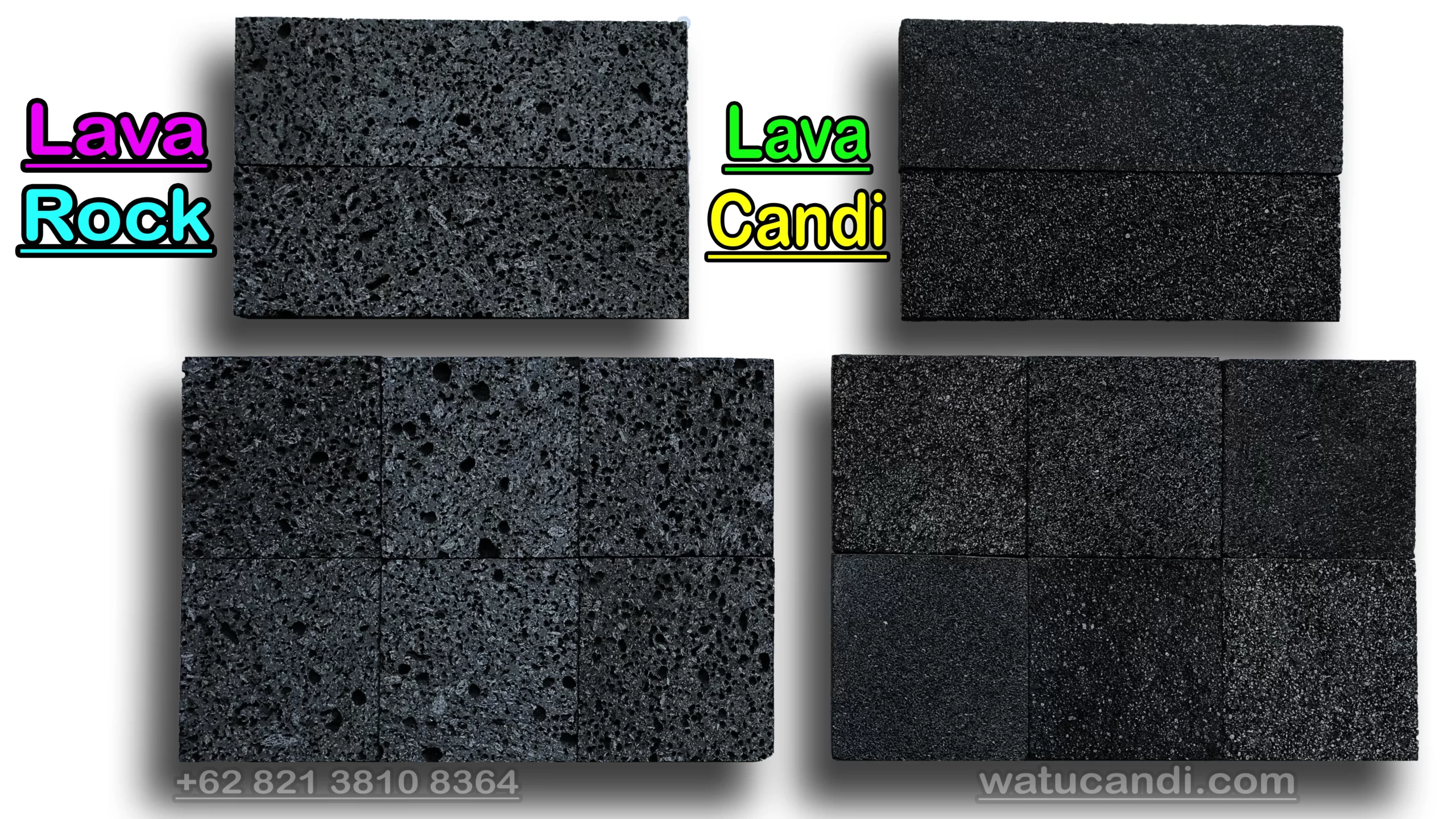
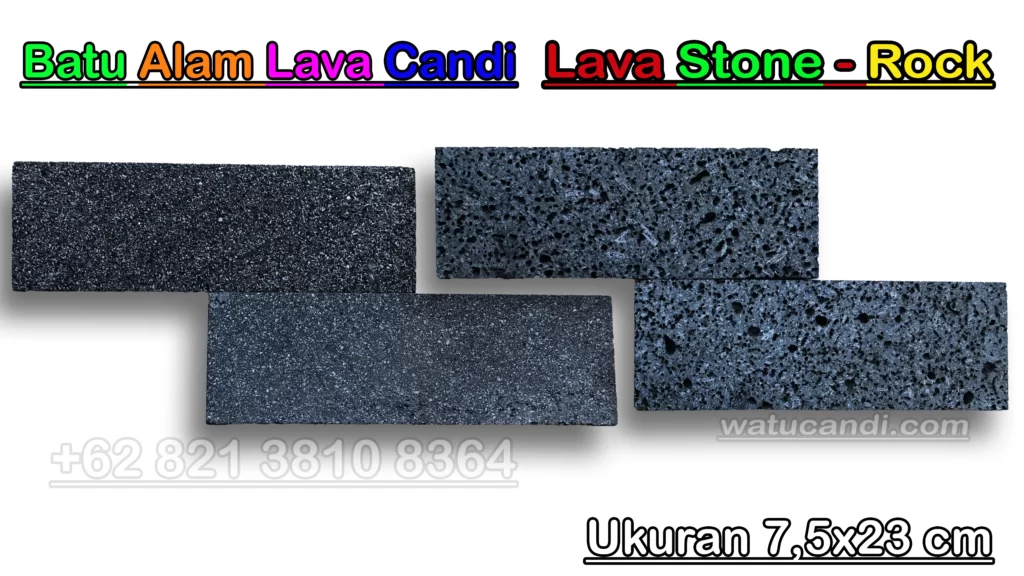
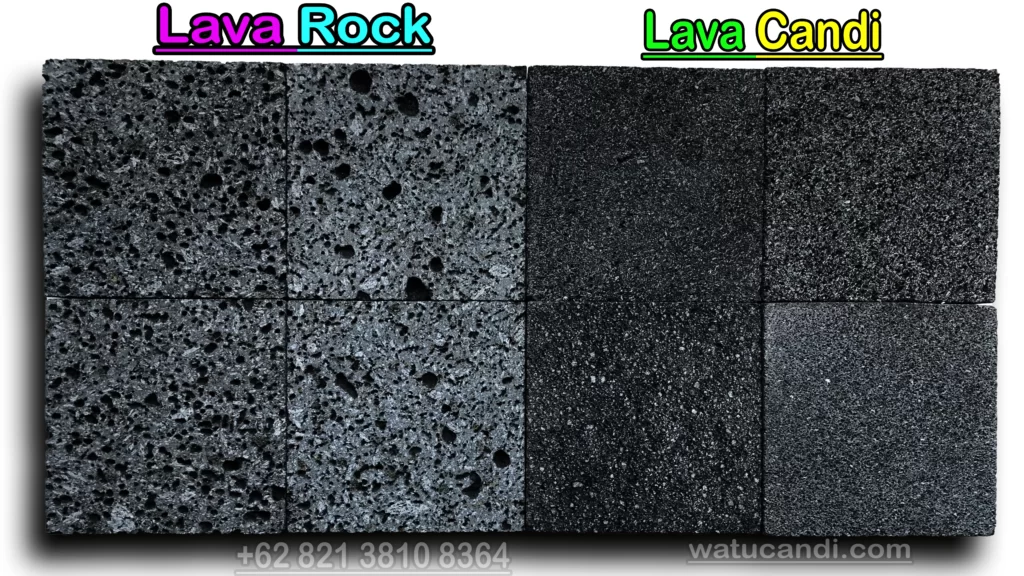
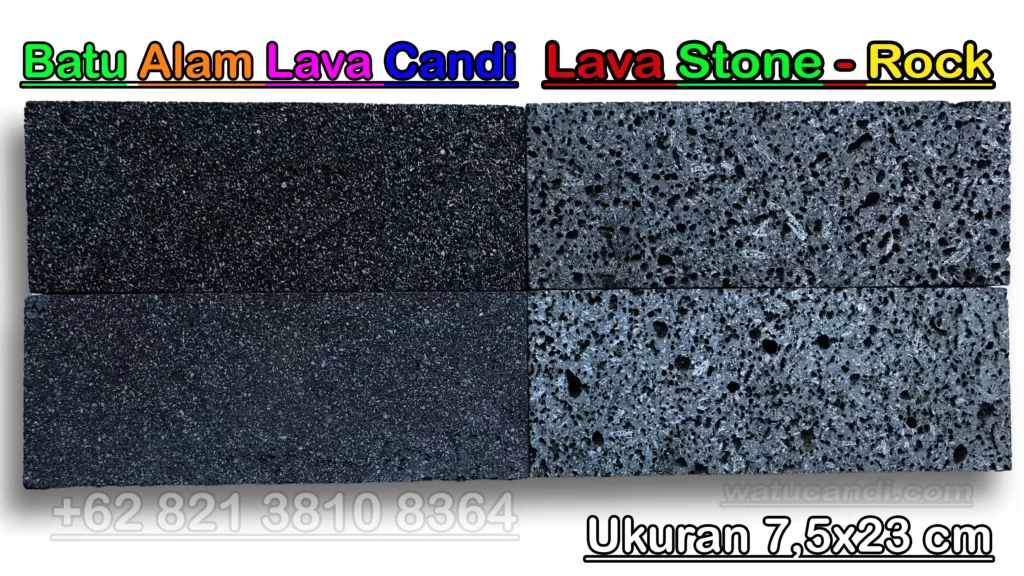
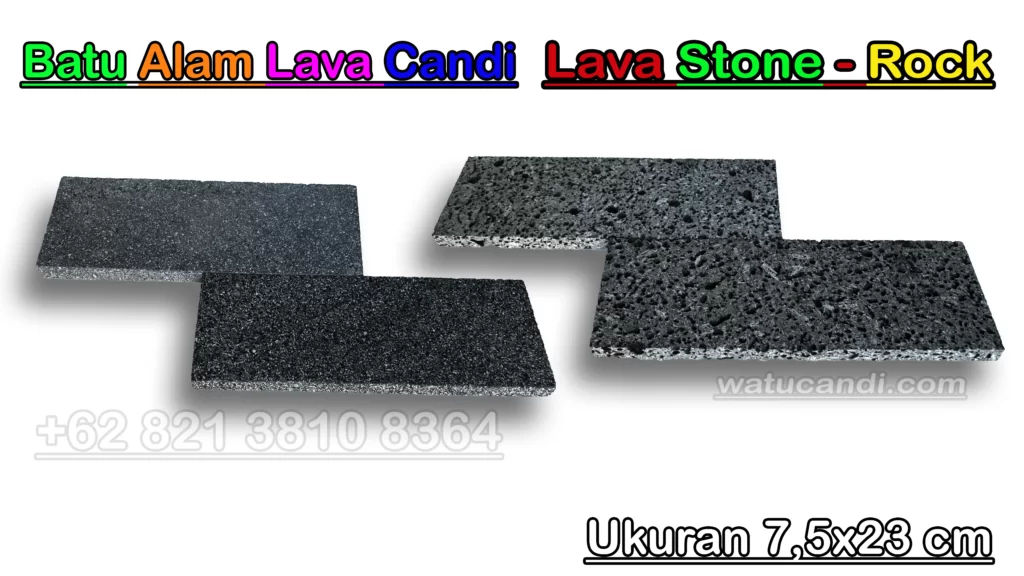
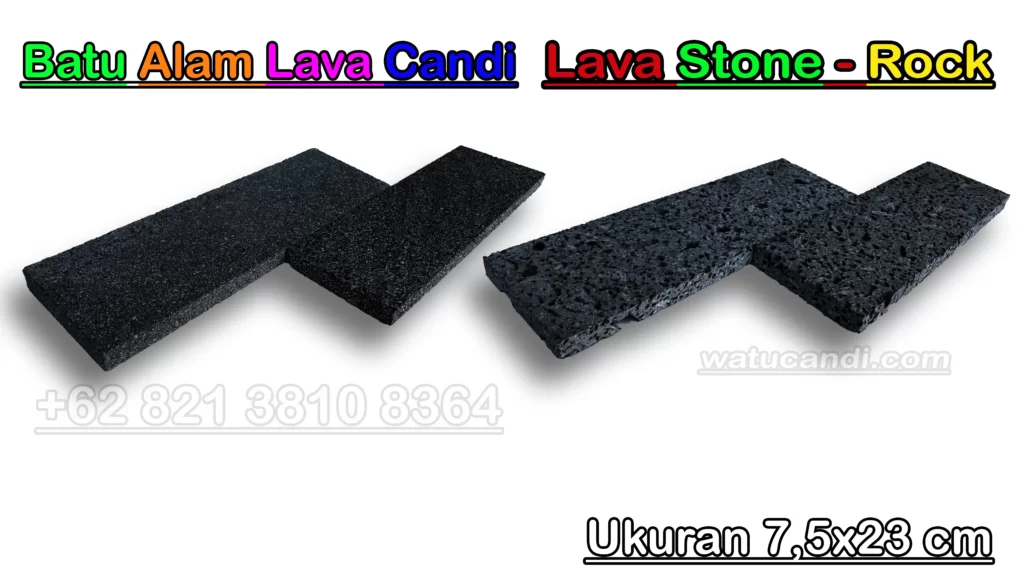






Leave a Comment